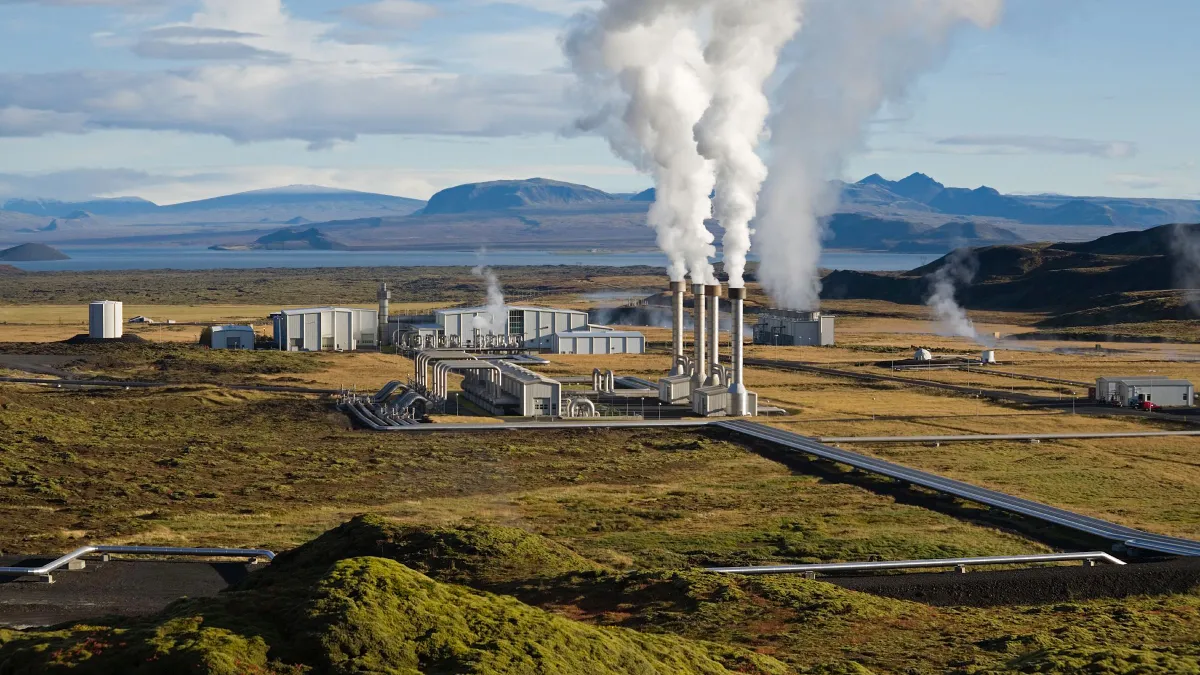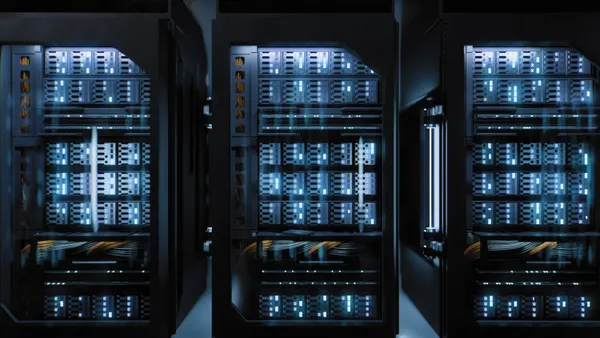Dive Brief:
-
Pacific Gas & Electric (PG&E) is asking California regulators to approve five lithium-ion battery storage projects amounting to 423 MW/1,692 MWh, including a 60 MW/240 MWh battery co-located with a geothermal facility, the utility announced this week.
-
The five projects are slated to come online in August 2021 and bump up the amount of storage PG&E has under contract to more than 1,000 MW. The utility intends to issue another solicitation this summer for resources that can go into operation in 2022 and 2023
-
A lot of the new storage that's been contracted in California is driven by near-term system reliability needs, Alex Morris, executive director of the California Energy Storage Alliance (CESA), told Utility Dive. "Over a three-year period, we're going to see close to 3,000 MW or more of storage most likely, and we're seeing those first tranches show up."
Dive Insight:
In November 2019, the California Public Utilities Commission (CPUC) issued a decision identifying potential resource adequacy shortages in the state's electric system beginning in 2021. As part of that decision, the agency authorized load-serving entities to procure around 3,300 MW of capacity — a little under 717 MW of which is PG&E's responsibility — that could come into operation between August 2021 and 2023.
PG&E launched a request for offers in February, resulting in these five battery projects.
CESA has tracked more than 1,620 MW of resources that have been contracted by utilities and community choice aggregators in relation to the CPUC's decision, including PG&E's most recent announcement as well as a 770 MW package of storage resources announced by Southern California Edison earlier this month. In fact, announcements in the last few months, he noted, are roughly equal to the entire 1,325 MW storage procurement target by 2020 that the CPUC adopted in 2013, in accordance with state legislation.
"It's important to note these utilities and the California procurement entities are literally doing more of this stuff than almost anyone in the world. If you add up the numbers, the storage market in California is one of the largest markets in the world by a lot," he explained, adding that several factors contribute to this, including the state's robust economy, renewable leadership, and a grid that's currently heavily reliant on natural gas.
PG&E's latest procurement will include contracts with Diablo Energy Storage, Dynegy Marketing and Trade, Gateway Energy Storage, NextEra Energy Resources and Coso Battery Storage. All the projects have a four-hour discharge duration and include stand-alone as well as co-located systems — one of which is co-located with a geothermal project in Central California.
The Coso Geothermal Project in Central California is a 270 MW facility that, according to developer Middle River Power, has been in constant production since 1987. The facility has an interconnection agreement that will allow for an additional 60 MW from the storage project.
Part of PG&E's decision to award a contract to the geothermal co-located project is that it has a high viability of coming online by August 1, 2021, spokesperson Paul Doherty told Utility Dive in an email.
"Energy storage helps integrate renewable energy sources, such as geothermal generation, contributing to grid efficiency and reliability," he added.
"Generally, a lot of geothermal in California runs as an RPS resource and it runs continuously," so adding storage can provide flexibility and may help address periods of generation during negative prices, Morris said.














